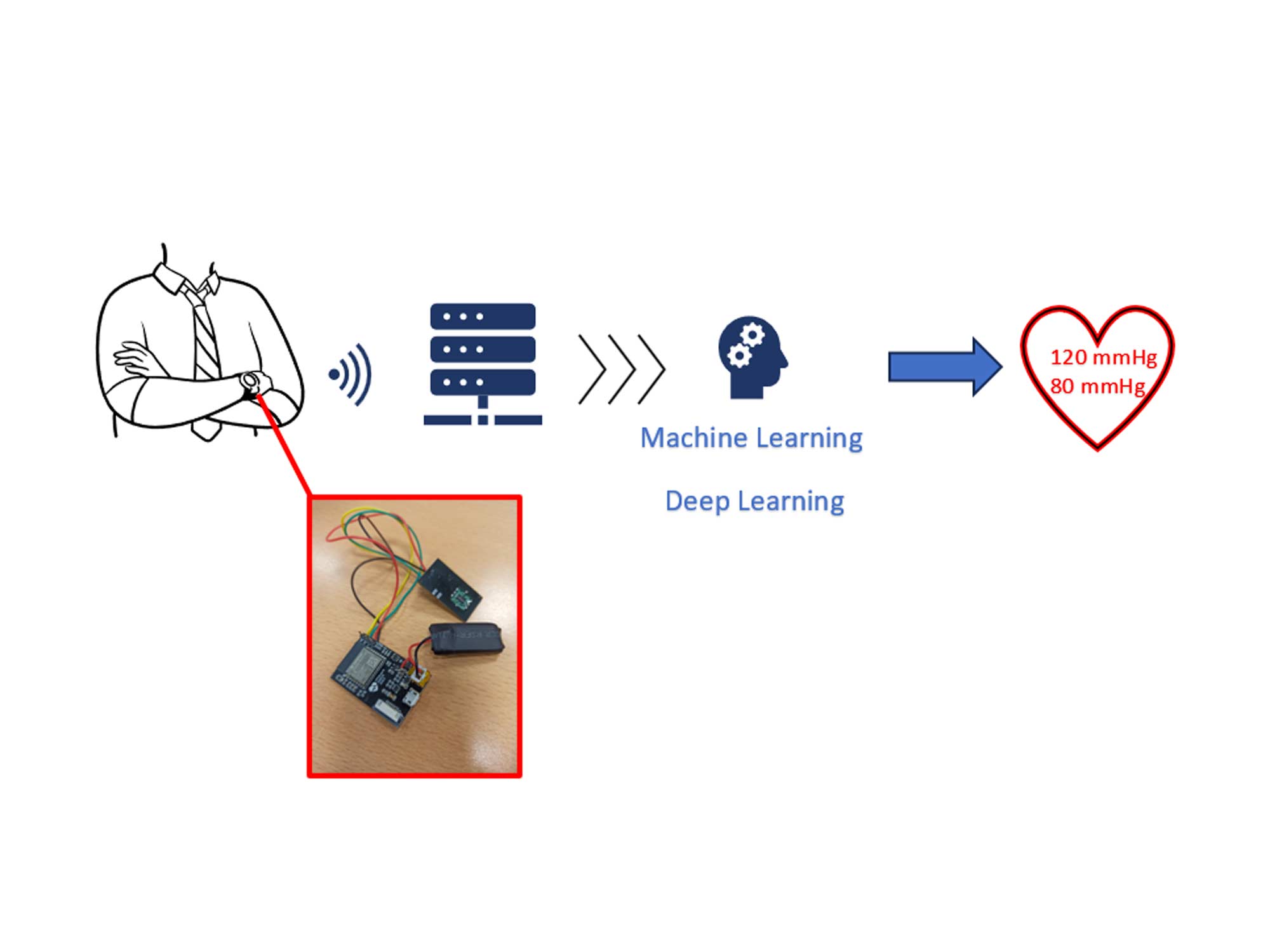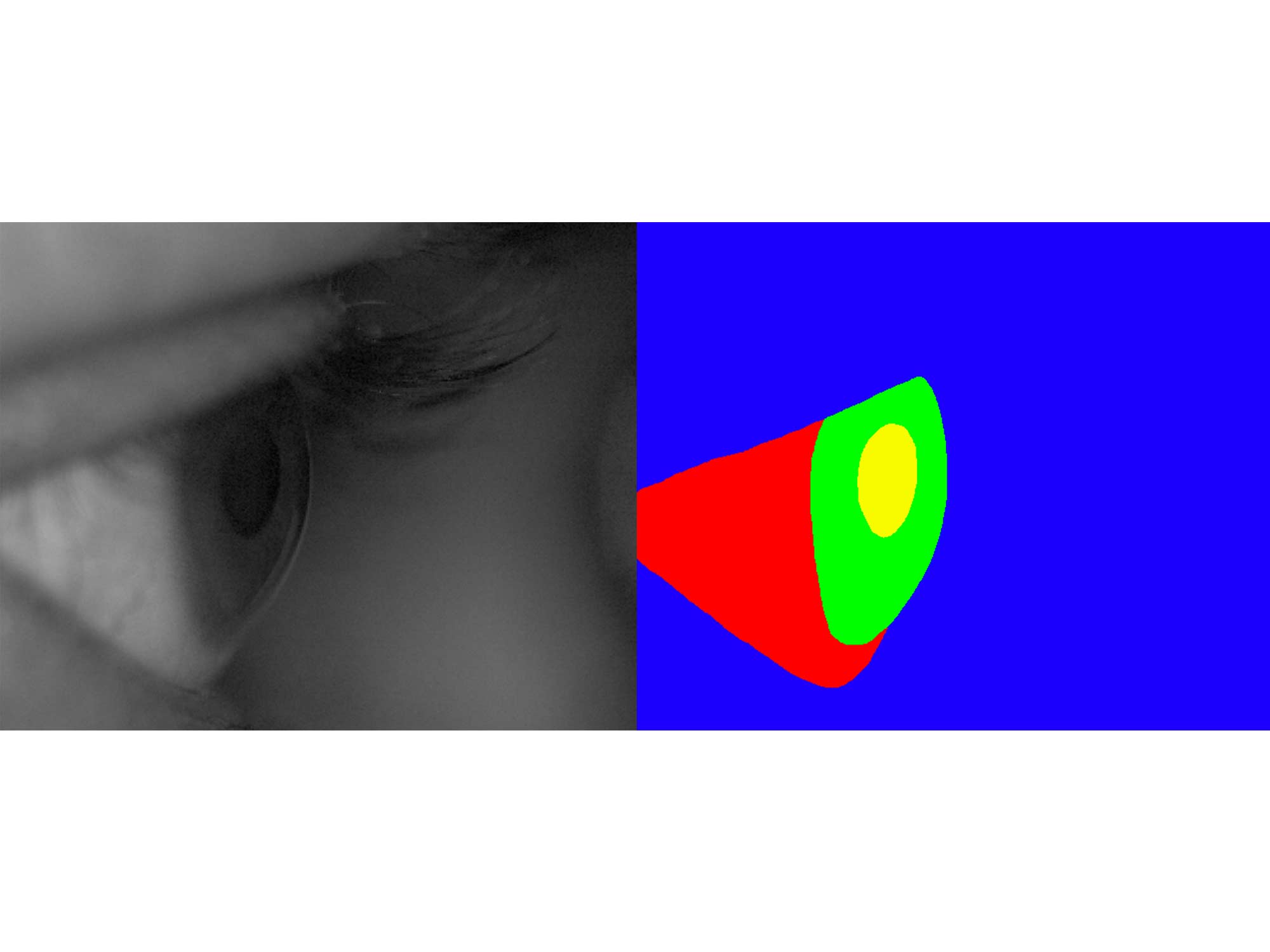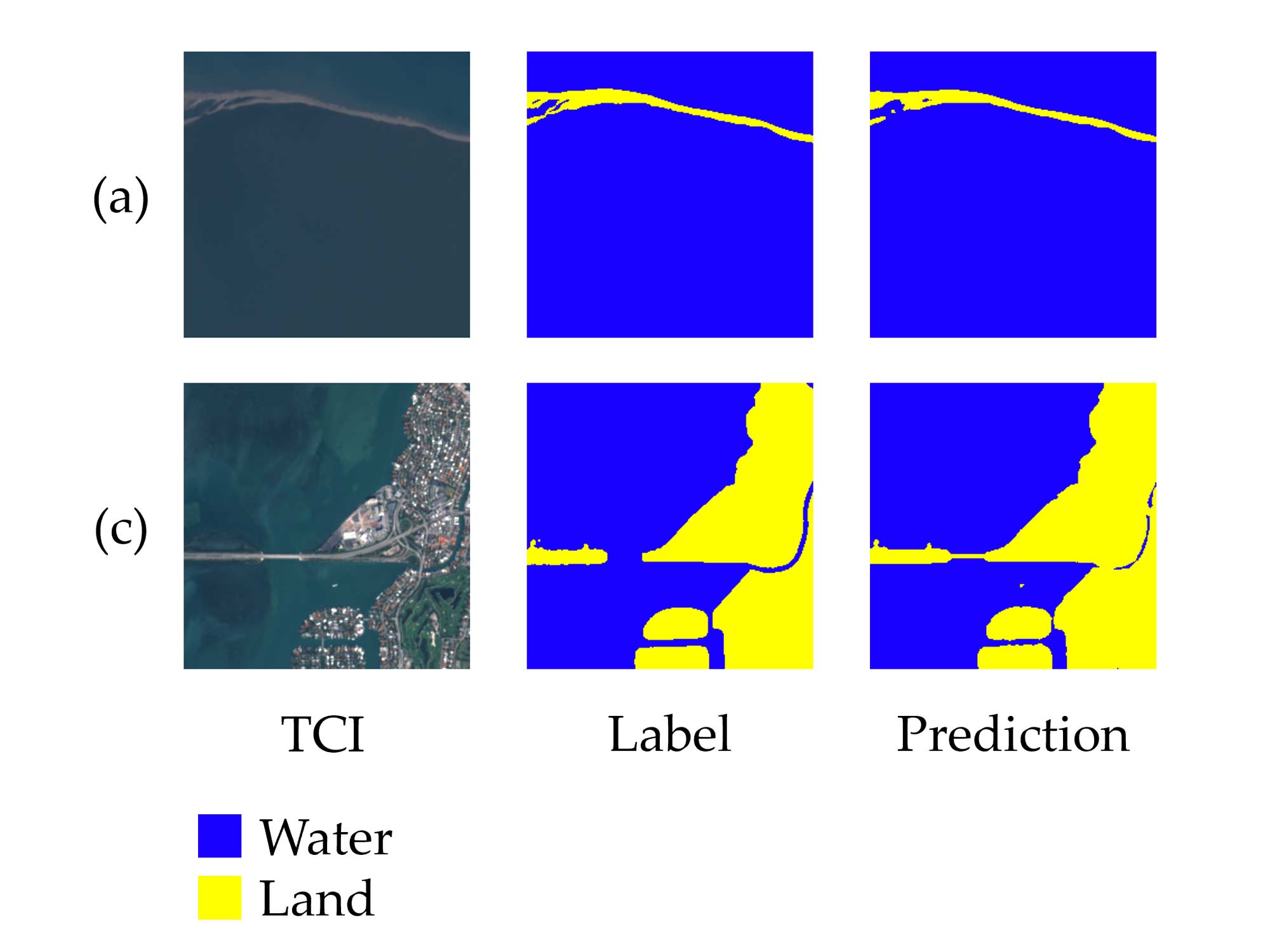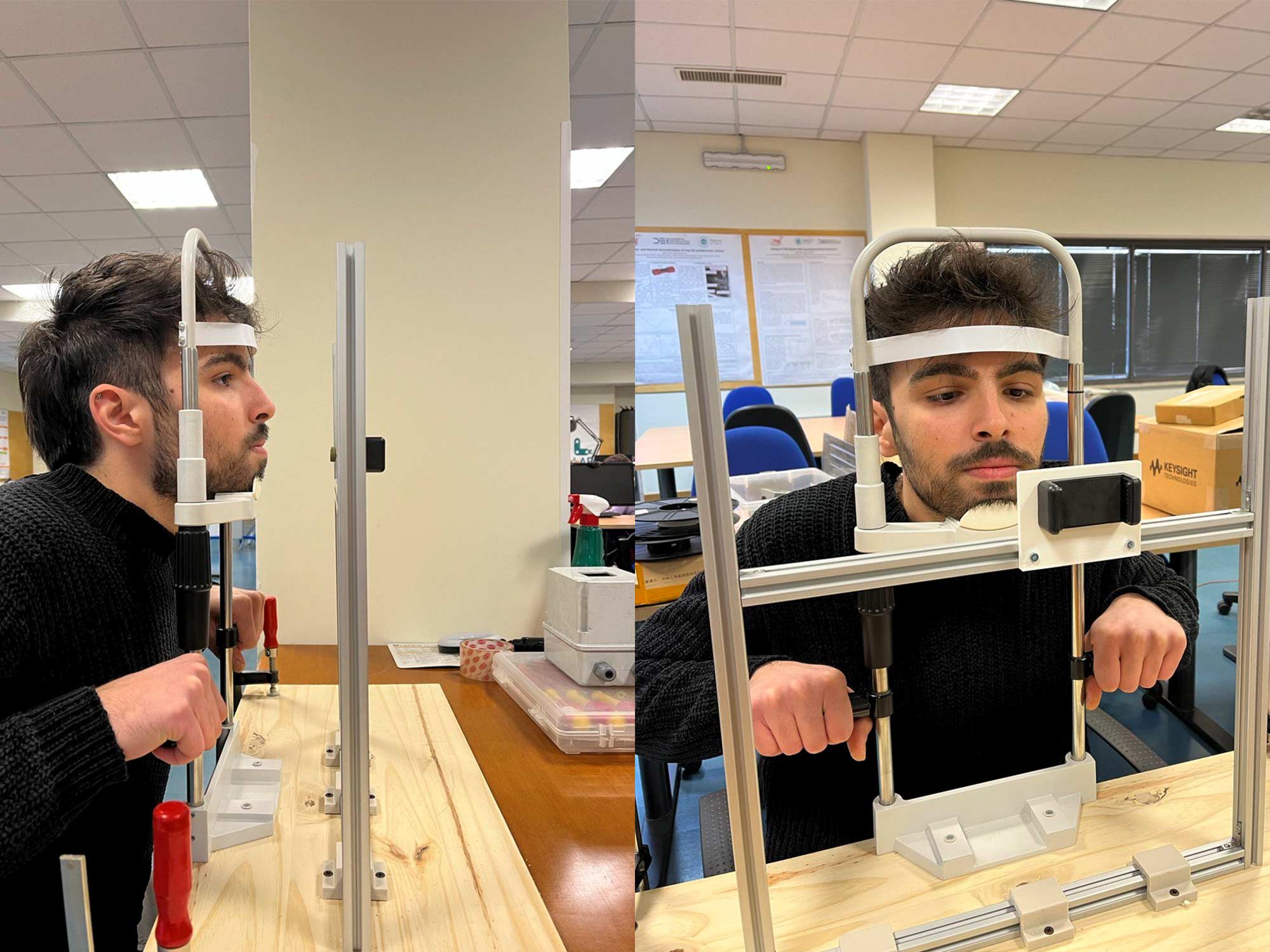In the rapidly evolving landscape of scientific research and technological innovation, the integration of Artificial Intelligence (AI) has become increasingly instrumental in reshaping the methodologies and outcomes within diverse fields. One particularly promising domain of AI is test and measurement applications, where precision and efficiency are paramount. We are working on several groundbreaking research endeavors at the intersection of AI and measurement, each addressing different challenges.
Within the domain of Remote Sensing, our ongoing endeavors encompass the development of a comprehensive pipeline tailored for the analysis of an extensive repository of satellite images. The primary objective of this research is to enable the monitoring of water surfaces on a global scale. The applications derived from the implemented system span from the monitoring of rivers level with the purpose of water resource management or the surveillance of coastal erosion dynamics.
E-health represents a forefront application wherein the integration of machine learning and deep learning methodologies permits to derive practical and dependable solutions. Within this context, our focus lies in the development of sophisticated models geared towards the estimation of blood pressure through the analysis of photoplethysmographic signals. Additionally, we are actively engaged in the creation of models designed for the segmentation of corneal images post deformation induced by eyelid blinking. This low-cost approach serves as a viable alternative to tonometry, offering a means to diagnose glaucoma with a high degree of precision and efficiency.
More details about our latest Research activities:
In the field of lithium batteries, we are analyzing algorithms to predict the State of Charge (SoC) and State of Health (SoH). The focus is the minimization of the parameters and the data needed for the algorithms. In particular, the estimation of SoH is being performed with a Neural Network that makes use of a minimum set of features and it is still capable of predicting the failure threshold of the battery.
The research focuses on advancing non-invasive, low-cost diagnostic techniques for glaucoma, the second most common cause of visual impairment in Italy. Traditional methods involve tonometry, while this study proposes an innovative approach using corneal deformation induced by eyelid blinking, captured by an RGB camera. The distinctive element lies in the utilization of artificial intelligence through deep learning and machine learning models for the segmentation of laterally acquired eye images. This study is conducted in collaboration with the University of Maryland.
AI-enhanced satellite monitoring of water resources
The primary objective of this research activity is to develop a comprehensive pipeline for analyzing a very large volume of satellite images, aiming to monitor water surfaces on a global scale. Artificial intelligence plays a pivotal role in this work, ensuring robust and accurate estimates of water surfaces across diverse environments and lighting conditions. The applications of the developed system extend from river monitoring for water resource management to coastal erosion monitoring.
Artificial Intelligence for telemedicine
The research is focused on the investigation of machine learning and deep learning approaches to obtain practical and reliable telemedicine solutions. The objective is the estimation of blood pressure in a non-invasive, cuff-less, wireless mode using photoplethysmography.






